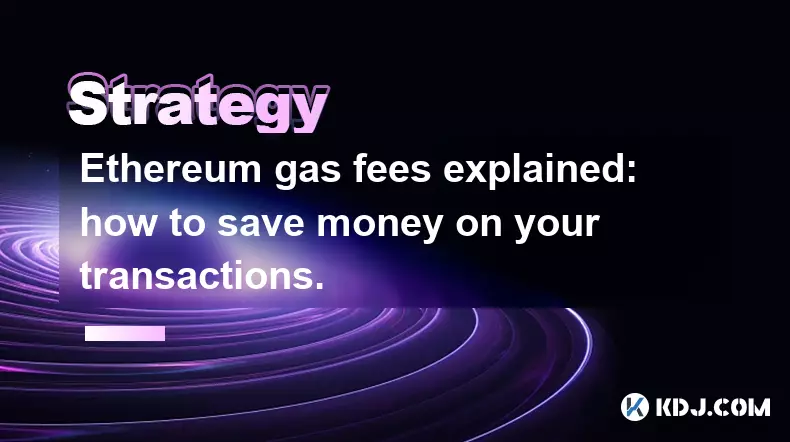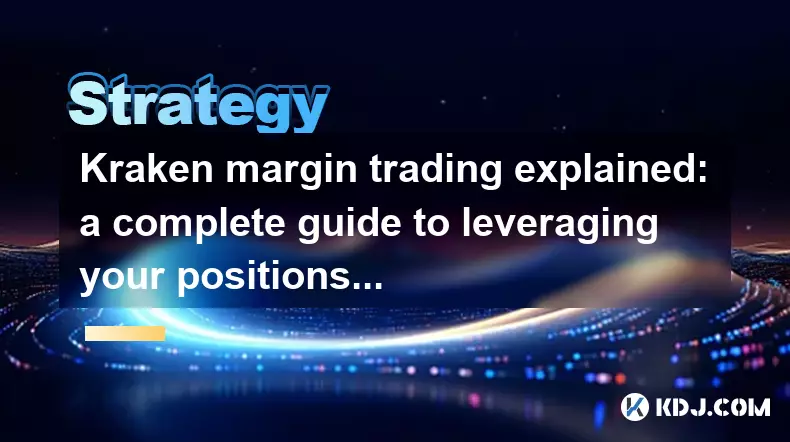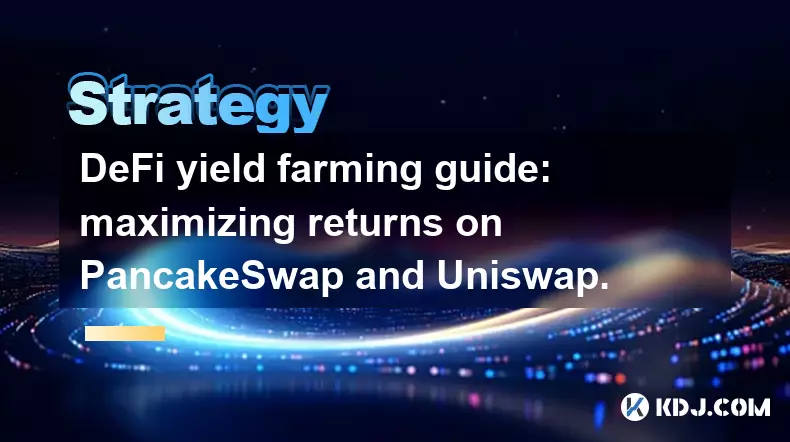-
 bitcoin
bitcoin $99177.955738 USD
-7.32% -
 ethereum
ethereum $3187.183061 USD
-12.38% -
 tether
tether $0.999809 USD
0.00% -
 xrp
xrp $2.117933 USD
-9.42% -
 bnb
bnb $906.710033 USD
-9.17% -
 solana
solana $149.367737 USD
-10.74% -
 usd-coin
usd-coin $0.999816 USD
0.01% -
 tron
tron $0.281498 USD
-0.38% -
 dogecoin
dogecoin $0.156292 USD
-8.00% -
 cardano
cardano $0.500744 USD
-10.19% -
 hyperliquid
hyperliquid $38.087358 USD
-4.58% -
 chainlink
chainlink $14.097831 USD
-8.54% -
 bitcoin-cash
bitcoin-cash $463.329916 USD
-9.22% -
 ethena-usde
ethena-usde $0.999078 USD
-0.01% -
 unus-sed-leo
unus-sed-leo $9.475862 USD
-0.79%
How to Manage Multiple Open Positions in XRP Futures Trading?
Distribute capital wisely across XRP futures by limiting portfolio exposure, sizing positions based on volatility, and using hedging strategies to manage risk effectively.
Nov 03, 2025 at 04:54 pm

Effective Risk Allocation Across XRP Futures Contracts
1. Distributing capital across multiple XRP futures positions requires a structured approach to prevent overexposure. Traders should define a maximum percentage of their portfolio allocated to XRP at any given time, typically between 5% and 15%, depending on risk tolerance.
2. Each open position should carry a predefined risk threshold, often measured in terms of potential loss relative to account size. For example, no single trade should risk more than 1% to 2% of total equity, ensuring that even consecutive losses won’t cripple the trading balance.
3. Position sizing must reflect volatility levels in the XRP market. During high-volatility phases, such as around regulatory announcements or exchange listings, reducing contract size helps maintain consistent risk exposure despite wider price swings.
4. Correlation between different XRP futures contracts—such as quarterly versus perpetual swaps—must be monitored. High correlation means simultaneous positions may not offer true diversification, increasing systemic risk rather than mitigating it.
5. Utilizing margin efficiently without overleveraging is crucial. Even with isolated margin accounts, excessive leverage across several positions can lead to cascading liquidations during sharp reversals, especially in a low-liquidity environment.
Monitoring and Adjusting Concurrent Trades
1. Real-time tracking tools are essential when managing multiple XRP futures positions. Platforms offering unified dashboards allow traders to view entry points, liquidation prices, unrealized P&L, and margin usage across all open contracts simultaneously.
2. Setting dynamic stop-loss and take-profit levels based on evolving market structure helps protect gains and limit downside. For instance, moving stop-loss orders to breakeven after a 3% move reduces risk on winning trades still held open.
3. Rebalancing becomes necessary when one position grows disproportionately due to strong momentum. Taking partial profits from an outperforming contract to reduce exposure or fund adjustments in underperforming ones maintains strategic alignment.
4. News sensitivity plays a major role in XRP trading due to its regulatory history. A sudden legal development can invalidate technical setups across all open positions, requiring immediate reassessment regardless of individual trade logic.
5. Time decay affects dated futures differently than perpetuals. As expiration nears, contango or backwardation dynamics influence roll decisions, prompting traders to close or shift positions to avoid unfavorable settlement impacts.
Leveraging Hedging Strategies in XRP Markets
1. Opposite-direction positions in correlated assets, like long XRP/USD futures and short BTC/USD futures, can act as hedges during broad crypto downturns. This reduces net market exposure while maintaining participation in XRP-specific movements.
2. Calendar spreads—holding long and short positions in XRP futures with different expiry dates—allow traders to profit from changes in the forward curve. These strategies benefit from predictable funding rate shifts and reduced directional risk.
3. Partial hedging using options can protect against extreme downside without closing futures positions. Buying put options on XRP provides insurance-like protection, particularly useful ahead of high-impact events such as court rulings or macroeconomic data releases.
4. Cross-exchange hedging involves taking offsetting positions on different platforms where pricing discrepancies exist. While complex due to withdrawal delays and counterparty risks, this method can exploit temporary inefficiencies between exchanges’ XRP futures pricing.
5. Delta-neutral strategies combine futures and spot holdings to eliminate directional bias. By matching the quantity of XRP held in spot with equivalent short futures contracts, traders isolate funding rate income or staking benefits without betting on price direction.
Frequently Asked Questions
How do I calculate total exposure when holding multiple XRP futures?Sum the notional value of all open long and short contracts, then subtract offsetting positions if they’re on the same exchange and eligible for netting. The remaining gross notional represents your market exposure, which should stay within pre-defined limits.
What happens if one of my XRP futures positions gets liquidated?Liquidation triggers automatic closure at a predetermined price, often below required maintenance margin. If multiple positions are under water simultaneously, liquidations may occur in sequence, depleting available margin and potentially affecting other trades.
Can I use trailing stops on multiple XRP futures positions at once?Yes, most advanced trading platforms support trailing stop orders across several contracts. These adjust automatically with price movement, helping lock in profits while giving room for normal volatility within each position.
Is it safe to hold both long and short XRP futures at the same time?Holding both directions can be strategic if done with intent, such as in spread trading or hedging. However, uncoordinated opposing positions increase fees, margin usage, and complexity, potentially leading to unintended outcomes during volatile moves.
Disclaimer:info@kdj.com
The information provided is not trading advice. kdj.com does not assume any responsibility for any investments made based on the information provided in this article. Cryptocurrencies are highly volatile and it is highly recommended that you invest with caution after thorough research!
If you believe that the content used on this website infringes your copyright, please contact us immediately (info@kdj.com) and we will delete it promptly.
- Token Security, Startups, and 2025: A New Era of AI Security
- 2025-11-05 23:00:01
- Crypto Cloud Mining: Trustworthy Sites and Trends to Watch in 2025
- 2025-11-05 23:05:01
- Bitcoin Price Plunge: Long-Term Holders Dump $45 Billion!
- 2025-11-05 23:25:01
- AI-Powered Ascent: S&P 500 Valuations in the Age of Artificial Intelligence
- 2025-11-05 22:50:02
- Nebius, Token Factory, and AI Inference: A New Era of Open-Source AI?
- 2025-11-05 23:10:02
- Galaxy's Take: Zcash as the Bitcoin Alternative You Didn't Know You Needed
- 2025-11-05 23:55:01
Related knowledge

Navigating a crypto bear market: strategies for survival and profit.
Nov 05,2025 at 02:04pm
Navigating a Crypto Bear Market: Strategies for Survival and Profit Surviving a crypto bear market requires more than just patience—it demands strateg...

Ethereum gas fees explained: how to save money on your transactions.
Nov 04,2025 at 04:01pm
Ethereum Gas Fees: Understanding the Basics1. Ethereum operates on a decentralized network where every transaction requires computational power to exe...

Kraken margin trading explained: a complete guide to leveraging your positions.
Nov 04,2025 at 02:19pm
Kraken Margin Trading Overview1. Kraken is one of the most established cryptocurrency exchanges offering margin trading to experienced traders seeking...

NFT flipping for beginners: a step-by-step guide to profitable trading.
Nov 02,2025 at 11:54pm
NFT Flipping Basics: Understanding the Market1. NFT flipping involves purchasing non-fungible tokens at a lower price and reselling them for profit, o...

DeFi yield farming guide: maximizing returns on PancakeSwap and Uniswap.
Nov 05,2025 at 12:20am
Understanding Yield Farming on PancakeSwap and Uniswap1. Yield farming has become a central activity in the decentralized finance (DeFi) space, allowi...

How to find the next 100x altcoin: a fundamental analysis checklist.
Nov 02,2025 at 09:54pm
Decentralized Exchanges Are Reshaping Trading Dynamics1. Decentralized exchanges (DEXs) have emerged as a powerful alternative to centralized platform...

Navigating a crypto bear market: strategies for survival and profit.
Nov 05,2025 at 02:04pm
Navigating a Crypto Bear Market: Strategies for Survival and Profit Surviving a crypto bear market requires more than just patience—it demands strateg...

Ethereum gas fees explained: how to save money on your transactions.
Nov 04,2025 at 04:01pm
Ethereum Gas Fees: Understanding the Basics1. Ethereum operates on a decentralized network where every transaction requires computational power to exe...

Kraken margin trading explained: a complete guide to leveraging your positions.
Nov 04,2025 at 02:19pm
Kraken Margin Trading Overview1. Kraken is one of the most established cryptocurrency exchanges offering margin trading to experienced traders seeking...

NFT flipping for beginners: a step-by-step guide to profitable trading.
Nov 02,2025 at 11:54pm
NFT Flipping Basics: Understanding the Market1. NFT flipping involves purchasing non-fungible tokens at a lower price and reselling them for profit, o...

DeFi yield farming guide: maximizing returns on PancakeSwap and Uniswap.
Nov 05,2025 at 12:20am
Understanding Yield Farming on PancakeSwap and Uniswap1. Yield farming has become a central activity in the decentralized finance (DeFi) space, allowi...

How to find the next 100x altcoin: a fundamental analysis checklist.
Nov 02,2025 at 09:54pm
Decentralized Exchanges Are Reshaping Trading Dynamics1. Decentralized exchanges (DEXs) have emerged as a powerful alternative to centralized platform...
See all articles










































































